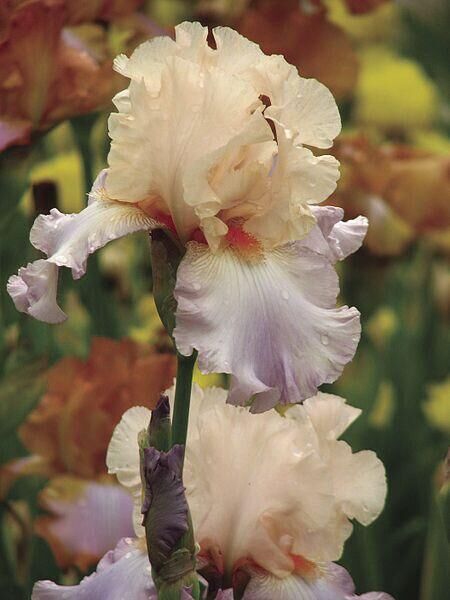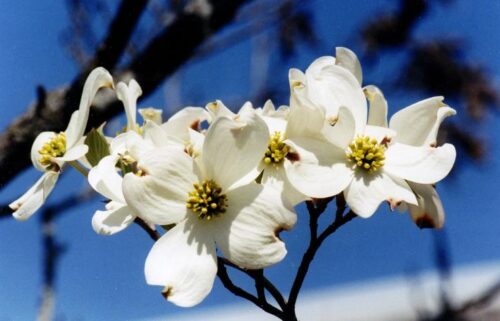Time to transplant irises

By My Courier-Tribune
Now is the time to transplant one of America’s most popular flowers, the iris.
Although irises can be transplanted at any time, they do best when established in the landscape from August to mid-October, said University of Missouri Extension horticulturist David Trinklein.
Irises are relatively easy to grow. They need at least eight hours a day of direct sun and a well-drained garden loam. Divide clumps when blooming declines. Under normal conditions, divide every three to four years, said Trinklein. Reduce the size of the clump by removing several small divisions, leaving part of the clump in the ground, according to a press release.
According to Greek mythology, when the gods wanted to communicate with mortals, their messenger was a golden-winged goddess named Iris who traveled on a rainbow. Legend has it that colorful flowers sprung up at the end of the rainbow wherever Iris stepped.
Because of their hardiness and beauty, irises are among the most shared plants of gardeners. Relatively few irises are sold in commerce, Trinklein said, since most gardeners get them free from their friends and neighbors.
Today, the flower named in honor of Iris comes in every color of the rainbow and adorns yards and gardens everywhere with its showy flowers. Iris is very durable while maintaining its intricate and delicate beauty, Trinklein said.
The most popular garden iris today is the German or bearded iris, named for its thick, bushy “beards,” which appear on the falls of the flower and attract pollinators.
“By careful selection of iris cultivars and species, a gardener can enjoy a remarkable range of colors and a bloom season that extends for weeks,” said Trinklein. Some bearded irises bloom again in the summer or fall and are classified as “rebloomers.”
Irises are heavy feeders and need proper fertilization. Soil type and inherent fertility determine needs. Use a 6-10-10 fertilizer when needed. Avoid fertilizers high in nitrogen because they encourage soft, vegetative growth susceptible to diseases. A light application of fertilizer in early spring when new growth emerges and again a month after blooming is best, Trinklein said.
Irises are susceptible to several insect pests including the bud moth, iris weevil, thrips, slugs and snails. Common diseases include bacterial leaf blight, bacterial soft rot and fungal crown rot. Keep the garden free of debris and encourage good air circulation to avoid diseases.



